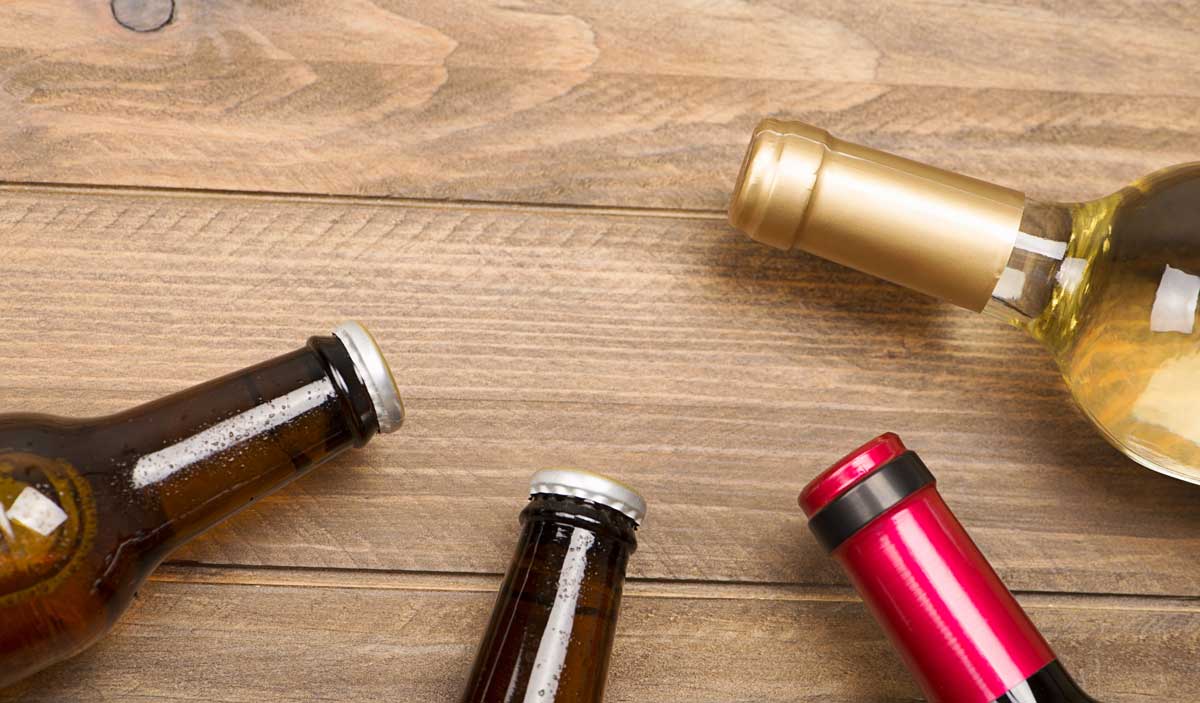According to the United States Census Bureau, in 2015 there were approximately 6.6 million members of the Native American community—which is made up of American Indians and Alaskan Natives (AI/AN). This is just slightly less than 2% of the country’s population and includes those people that identify as more than one race.
Only 0.9% of the population, about 2.9 million people, identify as AI/NA alone. Yet the rate of alcohol abuse in this community is disproportionately high compared to other ethnic groups. The National Congress of American Indians states that “Native people die at higher rates than other Americans from alcoholism.” In fact, Native Americans have a 510% higher risk of death from alcoholism than members of other ethnic groups.
Alcohol-Related Deaths in the Native American Community
The number of alcohol-related deaths in the Native American community is more than three times that of the general population. A report by the Federal Centers for Disease Control and Prevention, reported by NBC News, explains that 11.7% of deaths among Native Americans and Alaska Natives between 2001 and 2005 were alcohol-related, compared with 3.3% for the U.S. as a whole”.
One out of every ten deaths in the AI/NA community, or approximately 12%, were due to alcohol abuse. Over the four-year period, the breakdown of the 1,514 deaths included:
- Traffic accidents – 34.4%
- Alcoholic liver disease – 21.2%
- Homicide – 6.6%
- Suicide – 5.2%
- Injuries in falls – 2.2%
The report from the Federal Centers for Disease Control and Prevention states that the number of alcohol-related deaths may be even higher because deaths that resulted from certain diseases where alcohol is considered an important risk factor were not included. Examples of these diseases include pneumonia, tuberculosis, and colon cancer.
Anxiety Drinkers and Binge Drinkers
A study, American Indians and Alcohol, by Fred Beauvais, Ph.D., published by the National Institute of Alcohol Abuse and Alcoholism suggests that Native Americans who drink generally fall into two categories: anxiety drinkers or binge drinkers.
- Anxiety drinkers use alcohol as a way of coping or self-medicating to deal with an underlying issue or mental pain. These individuals generally feel that they do not fit into the general population and culture. They feel detached or alienated from their traditional American Indian or Alaskan Native roots.
- Binge drinkers, also called recreational drinkers, binge drink frequently. They generally feel a connection to, and within, their communities. These individuals are comfortable and are able to function in the majority culture.
Binge drinking often leads to alcohol addiction, also called alcohol use disorder (AUD). Drinking longer or more than you had planned, not being able to stop or cut back on your drinking, or constantly thinking about alcohol are warning signs that your drinking has become problematic.
Additional warning signs include:
- Drinking alcohol even though it negatively impacts your health, causes blackouts, or makes you feel anxious or depressed
- Spending a lot of time hungover, sick, or drinking
- Giving up things that were previously enjoyable so you can spend more time drinking
- Having difficulty with family, school, or work because of your drinking
- Putting yourself in dangerous situations while drinking
Native American Adolescents
A study by the United States Library of Medicine shows that American Indian adolescents are beginning alcohol abuse much earlier than other ethnic populations, especially those living on reservations.
According to the Native American Center for Excellence:
- 23.6% of American Indians and Alaskan Natives between age 12 and 20 binge drink
- 8.5% of AI/AN between the ages of 12 and 17 have an alcohol use disorder
- 20.8% of AI/AN between the ages of 18 and 25 have an alcohol use disorder
Causes of Alcohol Abuse in the Native American Community
There are many causes of alcohol abuse in the Native American community. Throughout history, members of the AI/NA population struggled with alcohol abuse and addiction because of cultural loss, economic issues, physical and mental health issues, and domestic abuse. For many Native Americans living on the reservations, the social isolation, lack of healthcare services and medical insurance, and a life of poverty are strong factors in the high number of cases of alcohol abuse and addiction.
Additional cause of alcohol abuse in the AI/NA community includes:
- Racial discrimination and negative stereotypes
- High rates of mental illness and physical health conditions such as heart disease, stroke, cancer, liver disease, hepatitis, diabetes, and obesity
- Low rates of individuals finishing high school or college
- High rates of unemployment
Getting Help for Alcohol Abuse or Addiction
If you or a loved one is suffering with a substance abuse addiction, there is help. Choosing the right treatment program is essential for your long-term sobriety. At Canyon Vista, residents are provided a full continuum of care that combines holistic and traditional therapies, life skills, nutritional guidance, and family healing.





